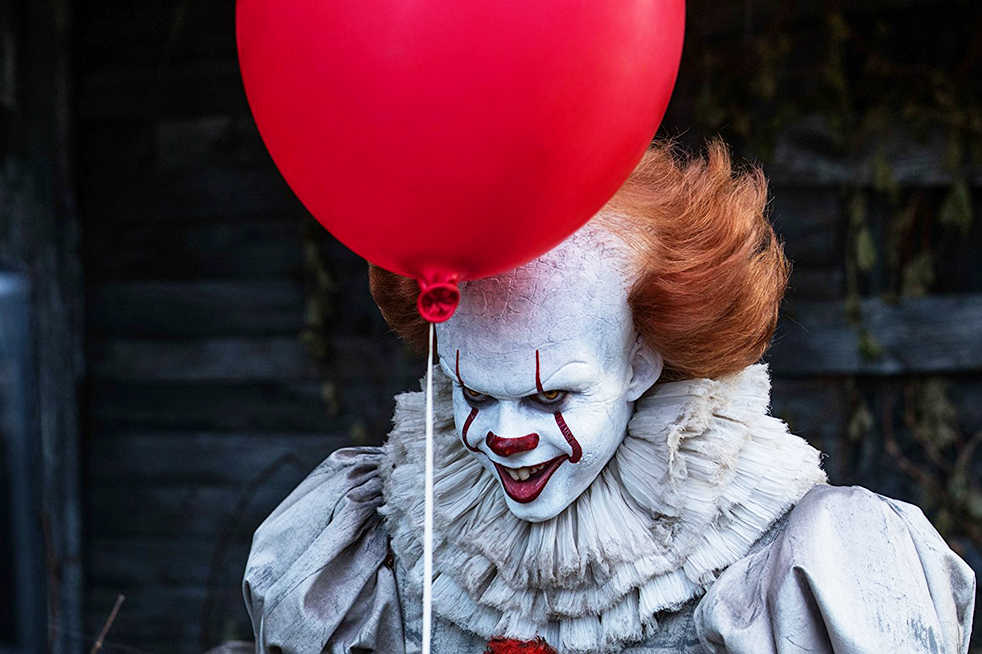The latest iteration of Stephen King’s iconic horror novel “It” hit theatres last week, capitalizing on the timely homicidal clown theme while simultaneously bringing equal parts of horror and humor to the big screen.
Attempting to translate the terror of the novel’s thousand pages down to a two-hour film is an ambitious undertaking, but audiences will be delighted by what Bill Skarsgard (“Allegiant”) brings to the supernatural evil clown
Pennywise.
Equally delightful to watch is the acting of the “Losers Club,” the band of seven children tasked with defeating Pennywise by overcoming their own personal horrors. They overcome these obstacles with hilarious quips and the bonds of friendship.
While the novel and previous adaptations have flipped between the present day and the future, this version of “It” stays in 1988 to 1989, presenting the first part of how the Losers confront Pennywise in their adolescence.
The film opens the same way the novel does with an adorable six-year old Georgie Denbrough (Jackson Robert Scott) chasing a wax-covered boat as it floats down into a drain, where Pennywise charms him until poor Georgie disappears to tragically also “float down here” with It — and the rows of terrifying sharp teeth that hide beneath his clown mask.
Skarsgard absolutely nails the role of Pennywise. While witnessing a clown attempting to be terrifying will inevitably involve some degree of absurdity, Skarsgard manages to bring a deeply chilling vibe to each scene and interaction. He does so without going over the top (or at least as “not over the top” as one can get when playing a deranged clown).
He lures the Losers into his world of nightmares in a coquettish, manipulative manner and delivers a fully respectable performance to a challenging monster
to portray.
Georgie’s older brother Bill (Jaeden Lieberher, “Midnight Special”) begins investigating his brother’s disappearance, refusing to admit Georgie could be dead.
His original gang of friends, including the hilariously profane Richard (Finn Wolfhard, “Stranger Things”), asthmatic mama’s boy Eddie (Jack Dylan Grazer) and the anxious Stanley (Wyatt Oleff), expands to include the overweight new kid Ben (Jeremy Ray Taylor), the fantastically performed spunky-sole-female Beverly (Sophia Lillis), and the homeschooled only-black-kid-in-town, Mike (Chosen Jacobs).
Thus assembled, the seven investigate the mystery of the missing children, and each must confront their own personal nightmares on their journey to face the source of the evil cursing the town of Derry, Maine: It.
Watching the Losers evokes the endearing connection felt by the groups in “Stand by Me” or “Stranger Things,” bringing back the nostalgia and unique humor of childhood friendships.
The decision to keep this chapter of “It” contained entirely to this time frame made a more captivating and cohesive story, driven by the character development of sharing the Losers’ backstories.
This narrative framework does the book as much justice as one can expect when removing the horror story from the theatre of the mind and manifesting it on screen. Although “It” will inevitably disappoint those who seek the level of fear achieved by the novel, the special effects in this version of “It” are far superior to former attempts. Pennywise’s revelation of his true nature and the Losers’ entrance into the haunted house display technological superiority.
Despite the lessening in impact felt during the underground climax of the film, watching the Losers face their fears instead of fleeing It makes for a classic triumph that manages to not feel weary in its unfolding.
“It” is less about a supernatural clown and more about fear. Specifically, “It” is about the fears that plague children on the cusp of growing up, who are confronted by both Pennywise’s manifestations of their worst nightmares and the horrors of reality itself.
Muschietti’s film highlights the terrors from monsters beyond this world but also the horror of being attacked by a bully, the grief of an unexpected loss and the pain of an abusive family.
For fans wanting to see more of the book brought to life, the ending credits suggest that more chapters of “It” may float to the big screen in the future.
